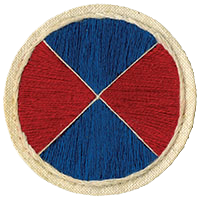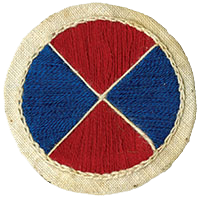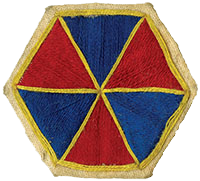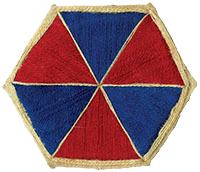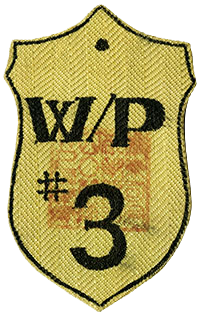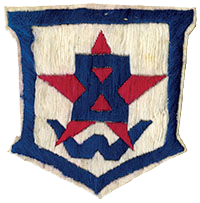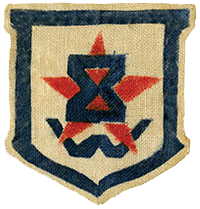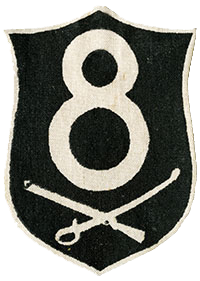DOWNLOAD
UNIT PATCHES
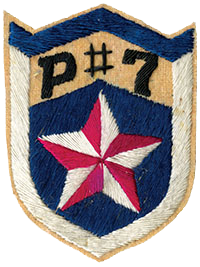
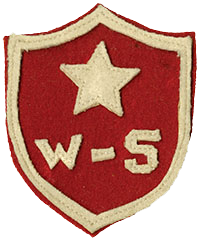
Some American advisors went to great lengths to bring a sense of military organization and hierarchy to these irregular guerrilla units. In addition to providing standard uniform items, they also created unit-specific items to enhance cohesion, esprit de corps, and to differentiate between the many guerrilla elements.1 Examples of some patches adopted in Task Force WOLFPACK are shown.
Wolfpack 4 variations
Note the small differences in color and design. There is no numeral 4 on this patch. In Korean culture, it is considered unlucky to represent a person or unit with the number 4, since the pronunciation of that number (‘sa’) sounds like the word for death.
Wolfpack 6 variations
Wolfpack 3
Wolfpack 8 variations
RANK
The American advisor to Wolfpack 1 on Kanghwa-do, First Lieutenant (1LT) Frederick G. Speidel, incorporated another degree of military formality by creating rank insignia for their uniforms. Posted mainly in a defensive role on Kanghwa-do, Wolfpack 1 shared its right flank with ROK Army troops. 1LT Speidel believed that rank insignia gave the guerrillas credibility and parity with ROK Army counterparts.2 Formalizing rank insignia provided a readily visible sign of authority during a time (late 1952) when the units were expanding with new recruits.
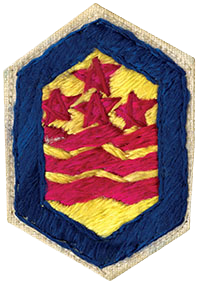
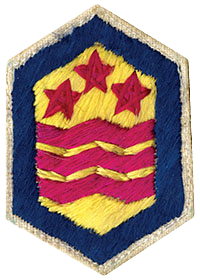
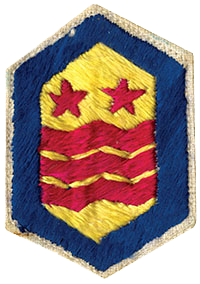
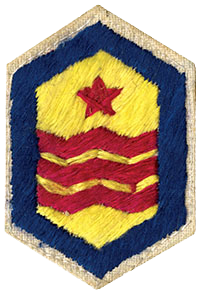
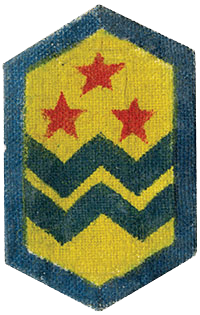
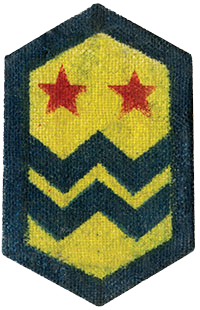

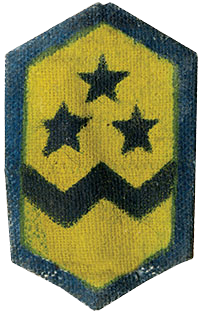

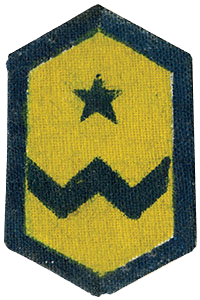
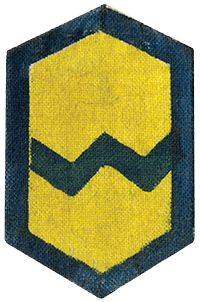
Skill Qualification Badges
Special parachutist wings were created to distinguish those guerrillas who completed parachute training with the guerrilla command’s BAKER Section. One parachutist badge (below, left) was issued to those guerrillas who completed basic airborne training. Many of those parachute-qualified guerrillas were later transferred to the 1st Partisan Airborne Infantry Regiment (1st PAIR). Another insignia was designed for those guerrillas who had received training as agents and would be inserted via parachute (below, center). A third badge was created for guerrilla raiders who went into North Korea by boat (below, right).
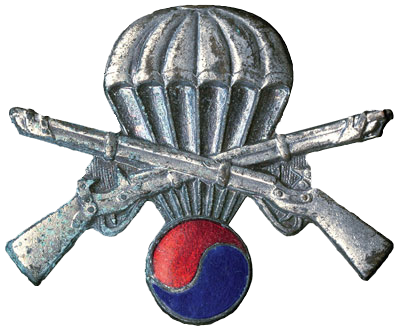
Airborne Infantry Badge
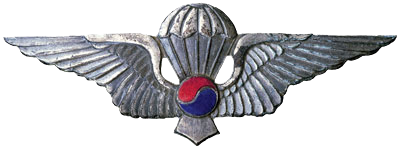
Agent Operations Badge
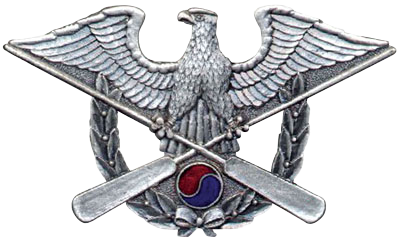
Salamander Badge
ENDNOTES
- Richard M. Ripley, interviewed by Dr. Michael E. Krivdo and Mr. Eugene G. Piasecki, 31 January 2013, USASOC History Office Classified Files, Fort Bragg, NC; Email correspondence, COL Richard M. Ripley (Ret.) and Dr. Michael E. Krivdo, 13 May 2013, USASOC History Office Classified Files, Fort Bragg, NC. [return]
- Ripley interview, 31 January 2013; Email correspondence, COL Richard M. Ripley (Ret.) and Dr. Michael E. Krivdo, 13 May 2013, USASOC History Office Classified Files, Fort Bragg, NC. [return]

